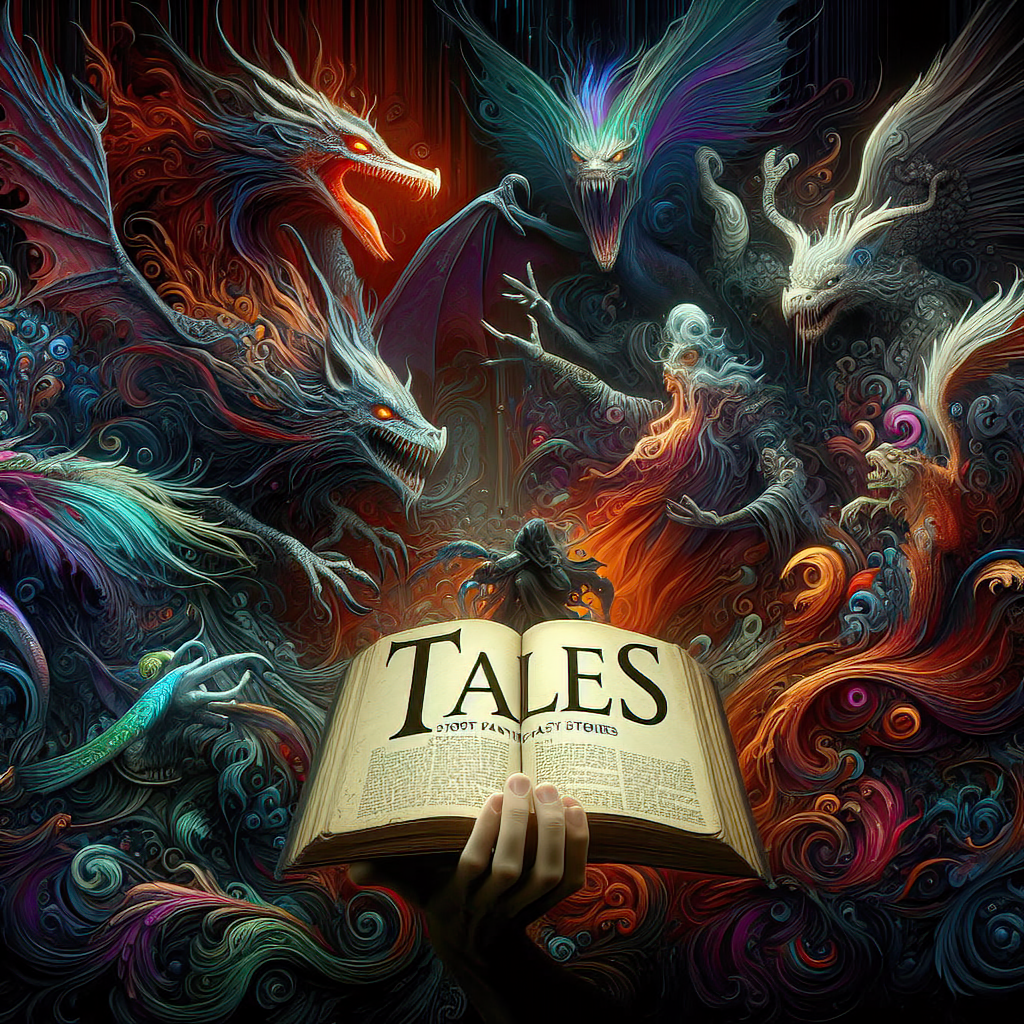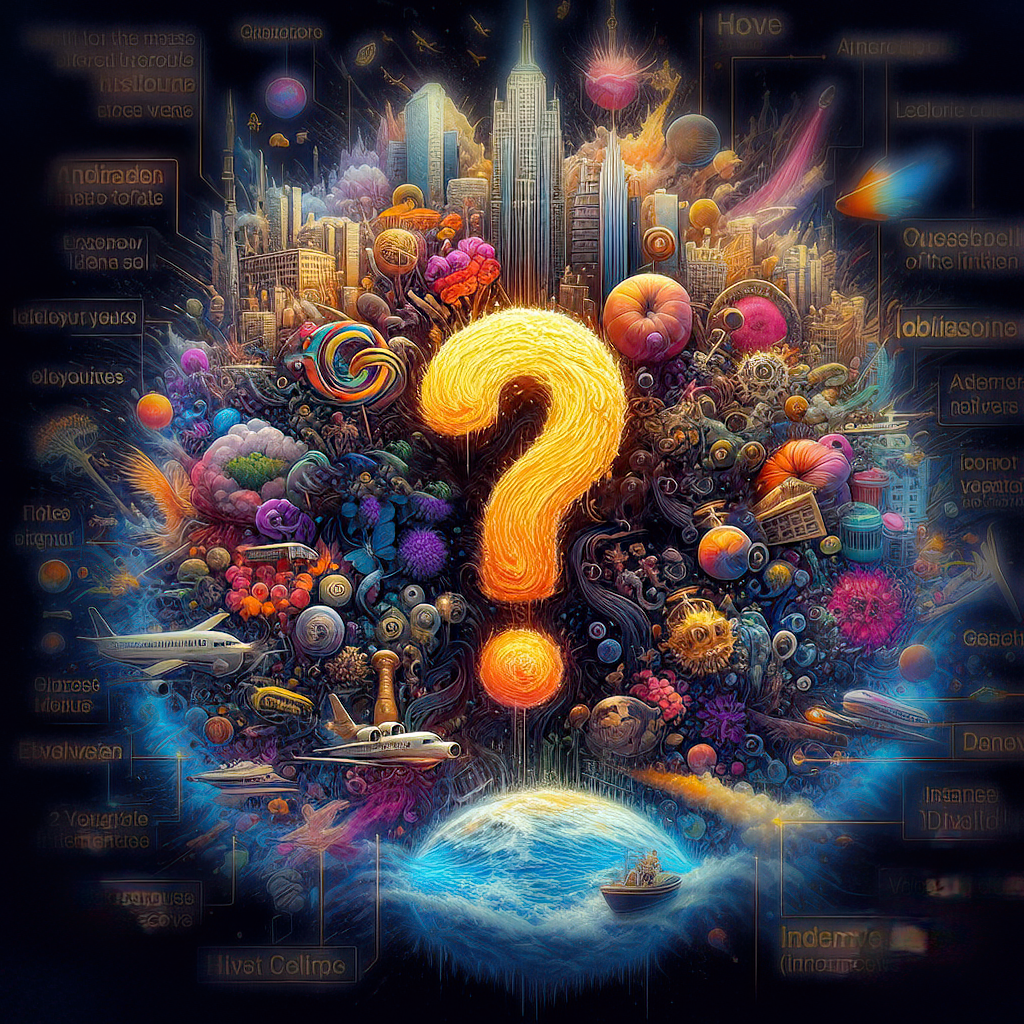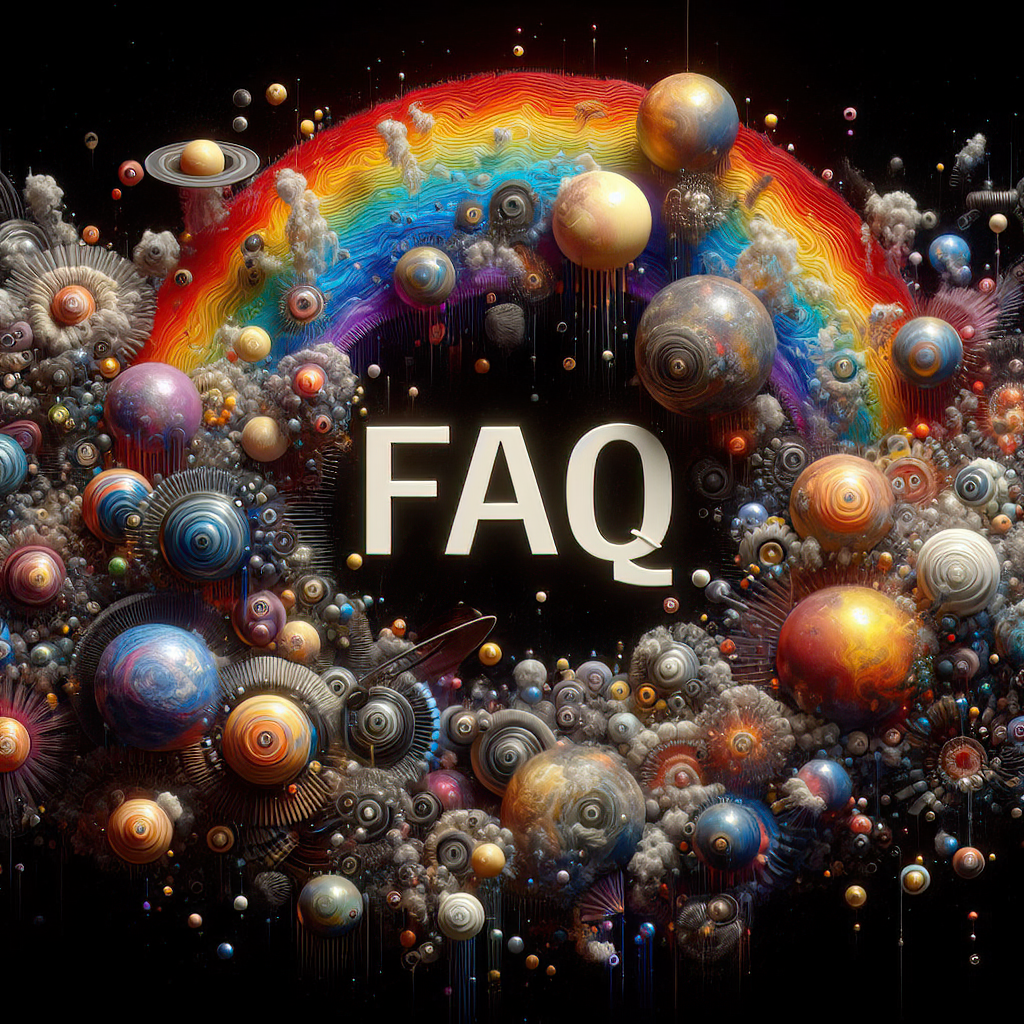
par Bill Tiepelman
Integrating Visual and Textual Foreshadowing
The Art of Creating Prophecies: Integrating Visual and Textual Foreshadowing Prophecies are a classic storytelling device, adding intrigue, tension, and depth to your narrative. Whether they’re cryptic riddles, ancient inscriptions, or whispered predictions, prophecies can act as a narrative compass, hinting at the future while shaping your characters’ decisions. But crafting a compelling prophecy is about more than just clever wording—it’s an opportunity to blend text with visuals for a richer storytelling experience. In this guide, we’ll explore how to create engaging prophecies and weave them into your story using both written and visual foreshadowing. Let’s dive into the art of crafting prophecies that captivate your audience and leave them eager to uncover the truth. Why Prophecies Matter in Storytelling Prophecies are more than plot devices—they’re thematic anchors that add layers of meaning to your story. Here’s why they’re so impactful: Build Anticipation: Prophecies create a sense of inevitability, keeping readers hooked as they try to piece together what will happen. Shape Characters: How your characters interpret and react to a prophecy can reveal their values, fears, and motivations. Foreshadowing: Prophecies allow you to plant clues about future events, making the payoff more satisfying when everything clicks into place. Add Mystique: The cryptic nature of prophecies lends an air of mystery and magic to your world. But to create a truly memorable prophecy, you need to balance ambiguity with clarity, ensuring readers are intrigued but not confused. Step 1: Define the Purpose of Your Prophecy Before writing your prophecy, consider its role in the story. Ask yourself: What key events or themes does the prophecy foreshadow? How will it influence your characters’ actions or decisions? Will the prophecy be literal, symbolic, or open to interpretation? For example, a prophecy about a chosen hero might foreshadow a climactic battle, while a more abstract prophecy could hint at a character’s internal journey or moral dilemma. The purpose guides the prophecy’s tone and structure. Step 2: Craft the Wording Writing a prophecy is an art form in itself. The language should be evocative, poetic, and slightly cryptic. Here are some tips: Use Imagery: Incorporate vivid descriptions and metaphors to create a sense of mystery. For example, “The silver serpent shall coil around the sun” could symbolize betrayal or an eclipse. Play with Structure: Experiment with rhyme, rhythm, or repetition to give the prophecy an otherworldly feel. For instance: “When the three stars align, the shadow shall fall, and the kingdom will tremble.” Leave Room for Interpretation: Avoid being too literal. Ambiguity keeps readers guessing and allows for twists. For example, “The crownless king will rise” might refer to a hidden heir or a revolutionary leader. The wording should fit seamlessly into your world’s tone and style, whether it’s high fantasy, dystopian, or historical fiction. Step 3: Integrate Visual Foreshadowing Prophecies don’t have to live solely in the text—they can be visual as well. Consider incorporating symbolic imagery into your story to complement the prophecy. For example: Artifacts: A stained glass window depicting the prophecy’s key events, or a tapestry showing cryptic symbols. Natural Signs: Celestial phenomena like eclipses, comets, or unusual weather patterns that align with the prophecy. Recurring Motifs: Colors, animals, or objects that subtly appear throughout the story, reinforcing the prophecy’s themes. Visual foreshadowing deepens the prophecy’s impact and rewards observant readers with satisfying “aha” moments. Step 4: Create Tension Through Interpretation One of the most engaging aspects of a prophecy is how characters interpret it. Will they try to fulfill it, avoid it, or dismiss it as superstition? How their interpretation aligns—or clashes—with reality creates dramatic tension. For example: A character might misinterpret a prophecy, leading to unintended consequences. A villain could manipulate the prophecy to serve their own agenda. A skeptic might ignore the prophecy entirely, only to realize its truth too late. Characters’ reactions to the prophecy reveal their beliefs, values, and vulnerabilities, adding depth to the narrative. Step 5: Weave the Prophecy Throughout the Story A prophecy isn’t a one-and-done element—it should be woven into the fabric of your story. Here’s how to keep it relevant: Recurring Mentions: Let characters reference the prophecy in dialogue, debates, or reflections. Subtle Clues: Drop hints that align with the prophecy’s wording, building suspense without giving too much away. Twists: Subvert expectations by revealing hidden meanings or loopholes in the prophecy. This consistent integration keeps the prophecy at the forefront of readers’ minds while allowing for surprises and revelations. Step 6: Deliver a Satisfying Payoff The resolution of the prophecy should feel earned, whether it unfolds exactly as predicted or takes an unexpected turn. Consider: Literal Fulfillment: The events play out exactly as foretold, confirming the prophecy’s power. Symbolic Fulfillment: The prophecy’s true meaning is revealed, surprising both characters and readers. Subverted Fulfillment: The prophecy is intentionally misinterpreted or manipulated, leading to an ironic twist. Whatever approach you choose, ensure the prophecy ties back to your story’s themes and characters, creating a sense of closure and cohesion. Examples of Prophecies in Fiction Harry Potter: The prophecy about “the one with the power to vanquish the Dark Lord” shapes Harry’s destiny while leaving room for interpretation about who it refers to. The Hunger Games: The Mockingjay symbol serves as a visual prophecy of rebellion and hope, with Katniss embodying its meaning. The Lord of the Rings: The prophecy of Aragorn as the returning king is both a literal and symbolic journey of restoration and redemption. These examples show how prophecies can enrich storytelling when crafted thoughtfully. Final Thoughts Prophecies are more than cryptic predictions—they’re narrative tools that add depth, tension, and intrigue to your story. By combining evocative language with visual foreshadowing, you can create prophecies that resonate with readers and elevate your worldbuilding. So go ahead—craft a prophecy that challenges your characters, captivates your audience, and leaves them eagerly turning the page. The future of your story awaits. Bring Your Prophecies to Life with Stunning Visual Design Prophecies are more than just cryptic words—they’re gateways to deeper storytelling, blending intrigue, symbolism, and thematic depth. Whether your story requires ancient inscriptions, glowing symbols, or visual foreshadowing, we can help you craft prophecies that captivate your audience and enrich your worldbuilding. At Unfocussed Photography and Imaging, we specialize in transforming your narrative visions into compelling visual elements that resonate. Custom Prophecy Designs: Collaborate with our team to create manuscripts, symbols, or artwork that visually represent your story’s prophecies. Worldbuilding Visuals: Enhance your storytelling with detailed visuals for artifacts, inscriptions, and recurring motifs. Digital and Print Integration: Use professional designs for book interiors, marketing materials, or immersive worldbuilding guides. Let us help you craft unforgettable prophecies that go beyond the page, bringing your story to life in vibrant detail. Explore our services today and elevate your storytelling with stunning visuals!







